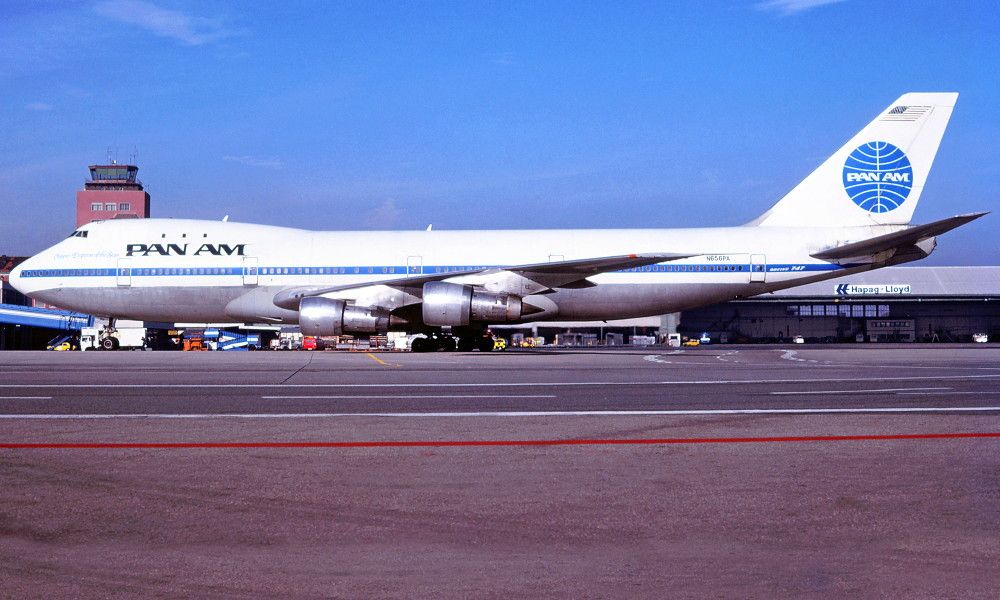Pan American World Airways (Pan Am) Flight 73 was a scheduled service from Bombay (Mumbai), India to New York City, NY with stops in Karachi, Pakistan and Frankfurt, West Germany. On September 5th, 1986, the aircraft was hijacked during its ground stop in Karachi. Four members of the Palestinian nationalist militant group, the Abu Nihal Organization, attempted to hijack the aircraft by disguising as ground crew.
The hijackers successfully controlled the plane, but the cockpit crew had escaped the aircraft through an escape hatch. During the 16-hour standoff, the hijackers repeatedly negotiated with the Pakistani government for a flight crew to be sent on the aircraft, so that the aircraft would be flown to Cyprus and Israel to pick up Palestinian prisoners.
The Pakistani Army sent its Special Services Group (SSG) commandos to storm the aircraft. Unfortunately, 51 of the 388 occupants of the aircraft (365 passengers and 23 crew) died as a result of the hijacking - the majority were killed by bullets shot by hijackers.
The hijacking
The Pan Am Boeing 747 (Registration: N656PA, Clipper Empress of the Seas) arrived from Bombay (Mumbai), India at approximately 04:30 with 394 passengers and 14 flight attendants. One hundred and nine passengers disembarked at Karachi and the aircraft was about to welcome its passengers for the next leg of the service to Frankfurt.
Just before 06:00, the hijackers approached the Boeing 747 with a van that had a siren and a flashing light and was meant to resemble an airport security vehicle. The hijackers began firing shots into the air and stormed the aircraft.
A flight attendant, Neerja Bhanot, relayed the hijack code to the pilots in the cockpit, allowing them to escape through the escape hatch which is attached to the ceiling of the cockpit. Boeing's spokesperson at the time stated that the escape hatch was "designed for a crash, in the event of a fire, or of course, it can be used in an event such as this."
Evacuation
Once the hijackers realized that the cockpit crew was no longer in the aircraft, they demanded the Pakistan government supply a cockpit crew that could fly them to Cyprus and Israel, or they would kill a hostage. The two sides continued to negotiate, but the Pakistani government did not agree to the proposal of the hijackers. At approximately 21:00 the auxiliary power unit shut down, leaving the cabin in darkness.
A hijacker said his prayers and aimed at another hijacker's explosive belt, hoping to cause an explosion that would destroy the aircraft and kill everyone on the plane. The hijacker missed the belt, causing only a small explosion. The other hijackers also started to throw grenades, but due to the darkness, they were unable to pull the pin out of the grenade completely. Simultaneously, bullets were fired, bouncing off the aircraft's many surfaces and creating deadly shrapnel. Flight attendants and passengers sitting or standing near the exit doors attempted to open the evacuation doors, or arm the slides. This allowed some passengers to exit safely. Pan Am Flight Attendant Neerja Bhanot was seen assisting passengers off the aircraft, and as a result, was shot by the hijackers point-blank.
Find more aviation news here!
Aftermath
After seeing some passengers escaping from the plane, the Pakistani army decided to storm the aircraft. They arrested the hijackers and put them on trial. On July 6th, 1988, the four hijackers and an accomplice were convicted of hijacking and murder and were sentenced to death. Their sentences were later changed to life imprisonment.


